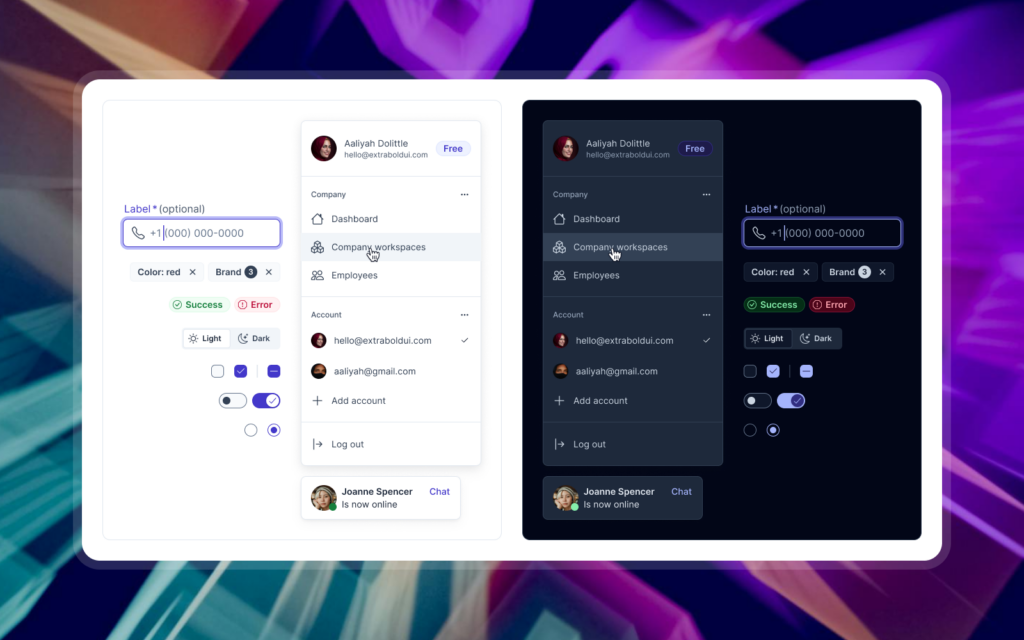Design tokens are revolutionizing the way teams collaborate, providing a common language that bridges the gap between designers and developers. But what exactly are design tokens, and why are they so important in modern workflows? Let’s dive into their role, benefits, and how they unify teams.
What Are Design Tokens?
At their core, design tokens are named entities that store design decisions such as colors, typography, spacing, and other visual attributes. Instead of hardcoding values like #FF5733 for a button color or 16px for a margin, design tokens use human-readable names such as primary-color or base-spacing-unit. These tokens are stored in a central repository and can be used across platforms, ensuring consistency.
Why Design Tokens Matter
Design tokens act as the glue that connects design and development. Here’s why they are essential:
Consistency Across Platforms: Tokens ensure that design decisions are applied uniformly, whether on web, mobile, or other platforms.
Efficient Updates: A change in a token value, such as updating the brand color, is automatically reflected across all components, saving time and effort.
Improved Collaboration: Tokens provide a shared vocabulary for designers and developers, reducing misunderstandings and miscommunication.
How Design Tokens Work
Define Tokens: Designers define tokens for key properties like colors, fonts, and spacing in tools like Figma or JSON files.
Sync with Code: Tokens are exported and integrated into codebases using tools or plugins.
Apply Tokens: Developers reference these tokens in their code instead of hardcoding values.
Update and Scale: Any changes made to the tokens automatically propagate, ensuring a seamless update process.
Benefits for Designers
Ease of Use: Tokens simplify managing design decisions by centralizing them.
Quick Iterations: Designers can tweak token values without affecting code structure.
Cross-Team Alignment: Tokens help ensure that the designs created match what is built.
Benefits for Developers
Reusable Code: Developers can rely on tokens for consistent values, making components more maintainable.
Fewer Errors: Tokens eliminate the risk of manual errors when updating values.
Streamlined Handoff: With tokens, developers know exactly which values to use, reducing back-and-forth communication.
Tools and Platforms for Managing Tokens
Several tools and platforms simplify the use and management of design tokens:
Figma Tokens Plugin: Enables creating and managing tokens directly within Figma.
Style Dictionary: A popular tool for transforming and exporting tokens into different formats.
Token Studio: Advanced token management with multi-platform support.
Design tokens are a game-changer for teams looking to improve consistency, efficiency, and collaboration. By serving as a bridge between design and development, tokens help unify workflows and ensure products are built as intended.
Explore how Extrabold UI can help. Try it free and see the difference it makes in your workflow!

